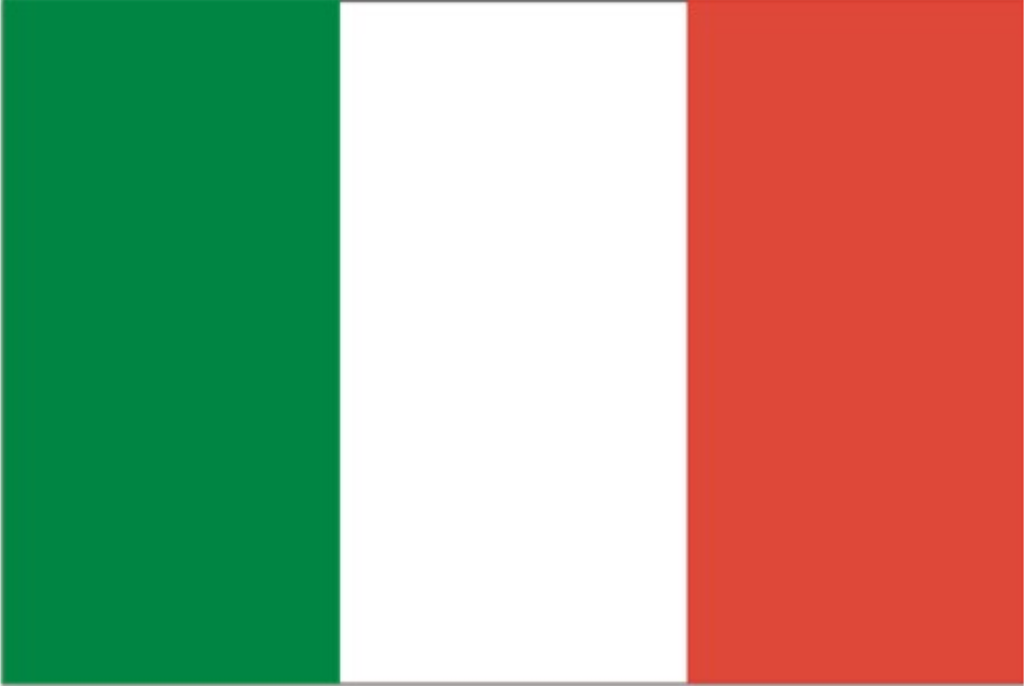European Project Design (Europrogettazione): What It Is and Why It Matters
European Project Design—commonly known in Italian as Europrogettazione—refers to the process of creating, developing, and managing projects that are eligible for funding by the European Union. These projects can involve a wide range of areas, including education, innovation, sustainability, digitalization, tourism, culture, and social inclusion.
At its core, Europrogettazione is about understanding EU funding programs (such as Erasmus+, Horizon Europe, Interreg, Creative Europe, etc.) and aligning a project idea with the strategic objectives of those programs. It requires strong skills in planning, budgeting, partnership building, and impact assessment.
The Main Advantages of Europrogettazione:
- Access to Non-Repayable Funds
One of the most attractive benefits is the opportunity to obtain non-repayable funding for innovative or impactful initiatives. This allows organizations to grow and experiment with reduced financial risk. - International Networking
Participating in EU projects means building transnational partnerships and collaborating with institutions from other countries. This enhances your visibility and promotes knowledge exchange. - Organizational Growth
EU-funded projects often bring with them new skills, improved internal processes, and a more structured approach to management, communication, and evaluation. - Long-Term Vision
Europrogettazione helps organizations adopt a long-term strategic vision by aligning local goals with European priorities such as green transition, digital skills, and social innovation.
In conclusion, mastering Europrogettazione means accessing powerful tools for innovation, collaboration, and development. For public bodies, NGOs, schools, universities, startups, and SMEs, it’s a concrete path to create positive impact and expand internationally.


